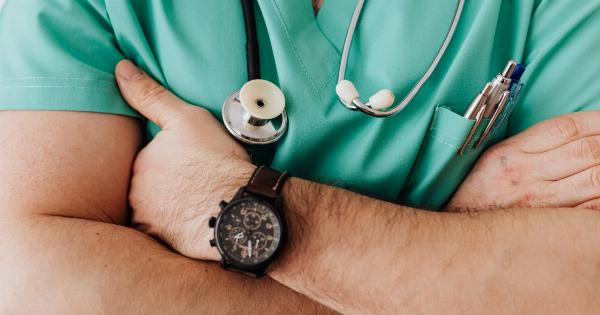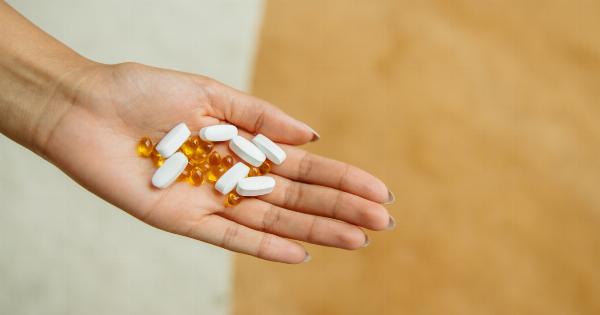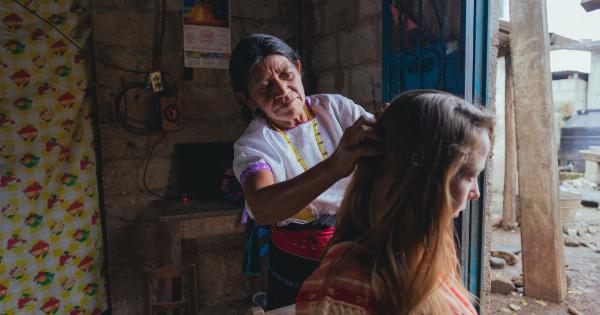Hormones are the body’s messengers that regulate various physiological functions such as growth, metabolism, and reproduction. These chemical messengers are produced by the endocrine glands and can affect the health of your skin.
The skin is the largest organ of the human body, and it plays a crucial role in protecting the body from external harm, regulating temperature, and providing sensory information. In this article, we will explore the connections between skin and hormones.
How Hormones Affect the Skin?
Hormones can affect the skin in various ways, depending on the type of hormone, the age, and the individual’s health. One of the primary hormones that affect the skin is estrogen.
Estrogen is known to increase skin thickness, hydration, and elasticity, making it look youthful. Estrogen also promotes the production of collagen, a protein that plays a crucial role in the skin’s structure, keeping it firm and tight.
On the other hand, hormonal imbalances, such as those that occur during puberty, pregnancy, and menopause, can lead to various skin issues such as acne, pigmentation, and wrinkles.
Androgens, including testosterone, can overstimulate the oil glands, leading to increased production of sebum and clogged pores.
Hormonal changes during pregnancy and menopause can also lead to hyperpigmentation, particularly on the face and neck. Pregnancy hormones can also cause stretch marks, while menopause can lead to dry and itchy skin.
The Skin-Hormone Connection During Puberty and Adolescence
Puberty is a time when the body undergoes significant hormonal changes, leading to various physical and emotional changes. Androgens, including testosterone, are produced in higher amounts, leading to oilier skin and acne breakouts.
Additionally, the menstrual cycle can affect the skin’s appearance, with some women experiencing skin issues such as pimples, fine lines, and wrinkles during their menstrual cycle.
Aside from those physiological changes, puberty is also an emotional and psychological time that may take a toll on the skin.
Stress hormones such as cortisol, which are produced in higher amounts during times of stress, can cause inflammation and exacerbate skin conditions such as acne, eczema, and psoriasis.
Moreover, poor diet and lifestyle choices during adolescence could also aggravate skin issues. A healthy diet rich in fruits, vegetables, whole grains, and lean protein could help the skin look healthy and radiant.
However, consuming foods high in sugar, refined carbohydrates, and unhealthy fats may lead to acne and other skin issues. Additionally, smoking, alcohol consumption, and lack of sleep may also take a toll on the skin’s health.
The Menstrual Cycle and the Skin
Women’s hormones fluctuate throughout their menstrual cycle, affecting their skin’s appearance and texture.
Generally speaking, the first phase of the menstrual cycle, or the follicular phase, is characterized by low levels of estrogen and progesterone, which may result in dry skin, dullness, and fine lines and wrinkles.
On the other hand, the second or luteal phase is when progesterone rises, leading to oilier skin and acne breakouts. The premenstrual period is when women commonly experience skin issues, such as pimples, blackheads, and whiteheads.
Aside from hormonal changes, menstrual hygiene products such as pads and tampons may also cause skin irritation and lead to dermatitis, folliculitis, ingrown hairs, or cysts.
Hormonal Acne
Acne is a common skin condition affecting people of all ages, but it is most prevalent during puberty and adolescence. Acne is caused by the overproduction of sebum, dead skin cells, and bacteria that clog the pores.
In some cases, hormonal imbalances can also trigger acne breakouts.
Male androgens such as testosterone and DHEA play a crucial role in sebum production and can cause oily skin and acne. Hormonal acne typically presents as deep, cystic pimples that are painful and take time to heal.
Hormonal acne is more common in females and is often associated with menstrual cycles and menopause.
The Role of Hormones in Hair Growth
Hormones also play a crucial role in hair growth on various parts of the body, including the scalp, face, and body. Androgens, including testosterone, are responsible for male hair growth patterns, leading to hair growth on the face, chest, and back.
Women also produce androgens, although in smaller amounts, and can also experience unwanted hair growth.
Hormonal imbalances, such as those that occur in polycystic ovary syndrome (PCOS), can also lead to excessive hair growth in women.
Hair loss and thinning can also be caused by hormonal imbalances, particularly those involving thyroid hormones, which regulate metabolism and growth.
Conclusion
Hormones play a crucial role in regulating various physiological functions, including skin health. Hormonal imbalances can lead to various skin issues such as acne, dryness, hyperpigmentation, and wrinkles.
Understanding the skin-hormone connection could help individuals maintain healthy skin and address skin concerns related to hormonal imbalances.































